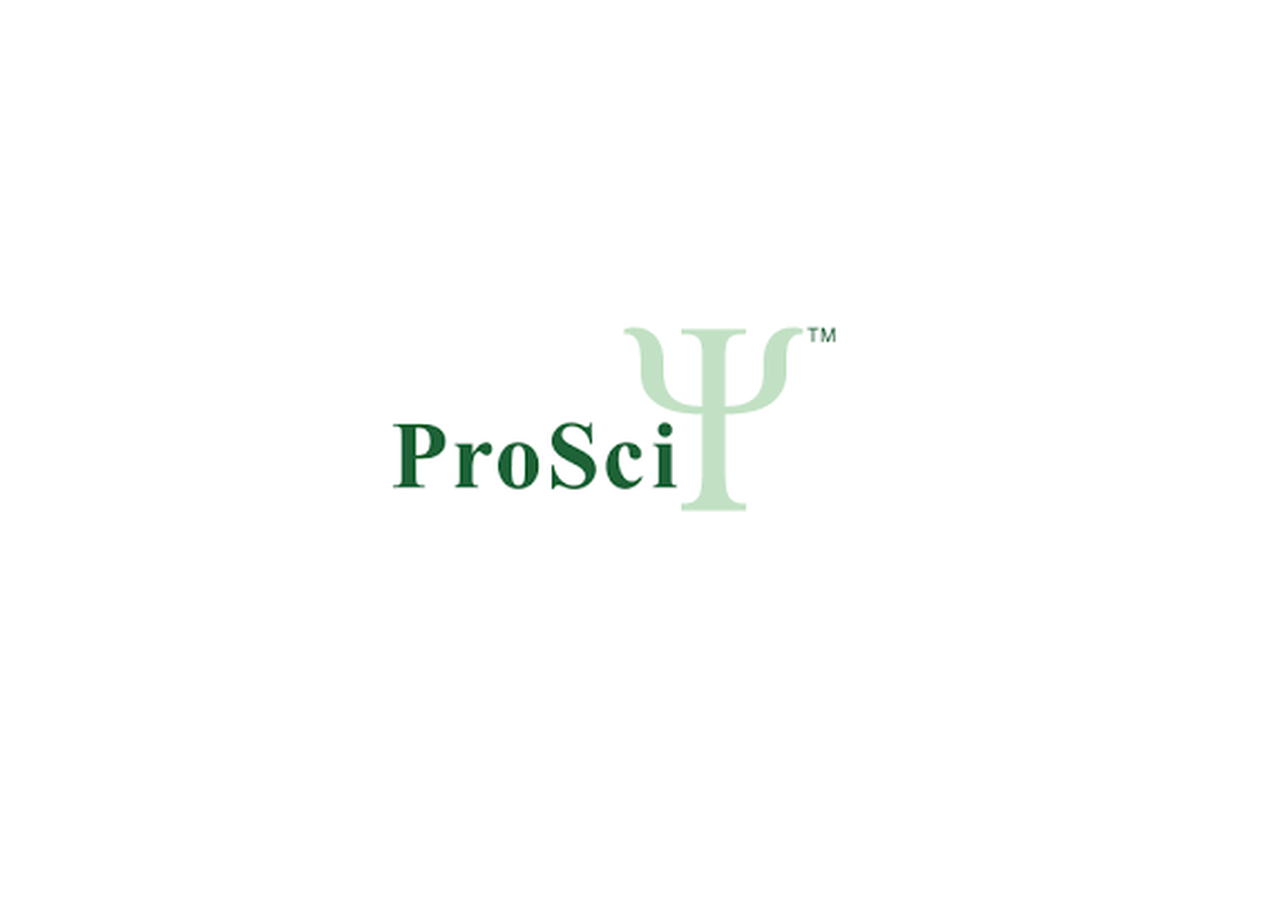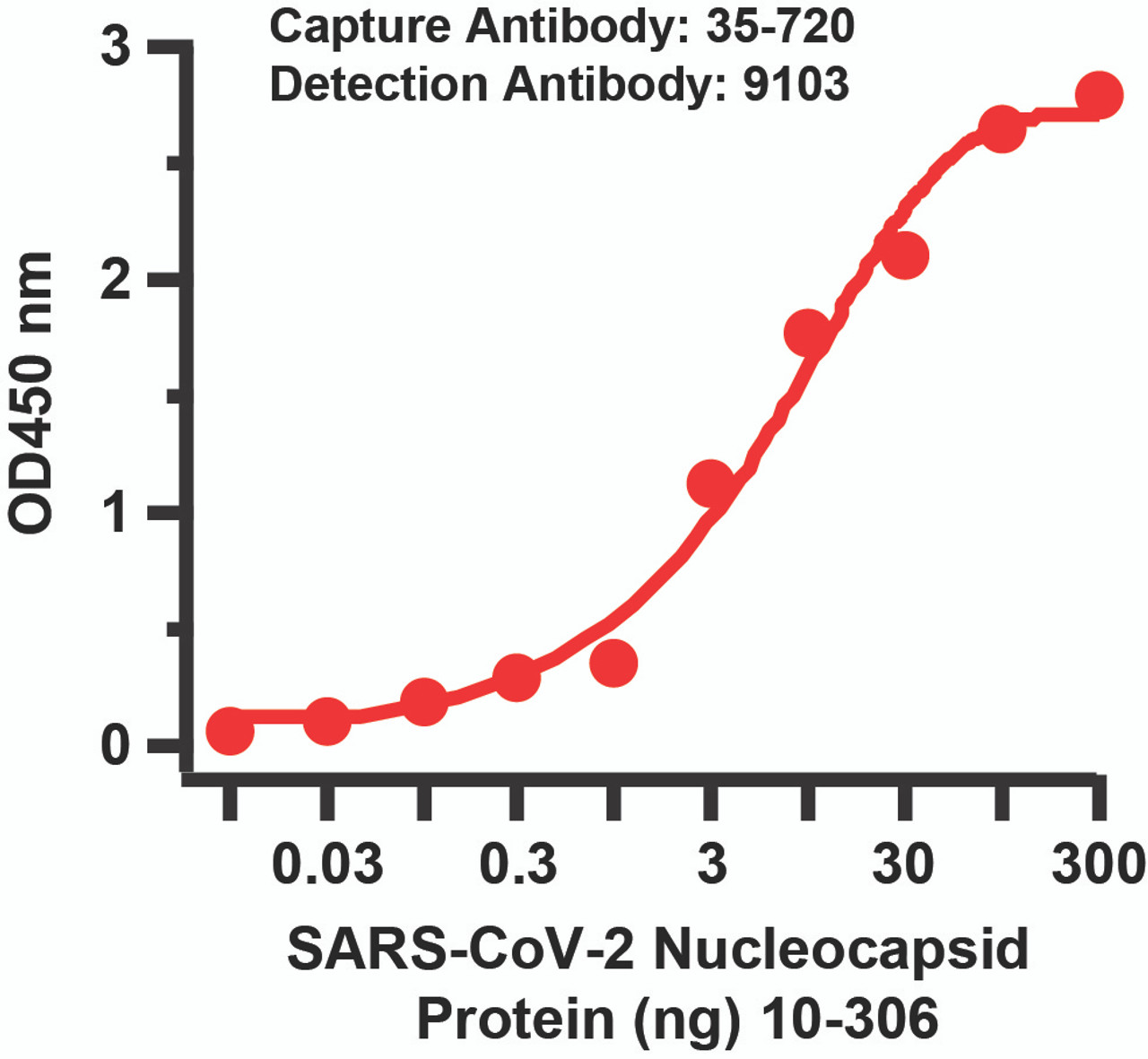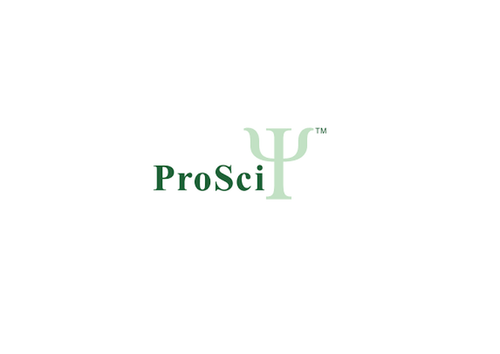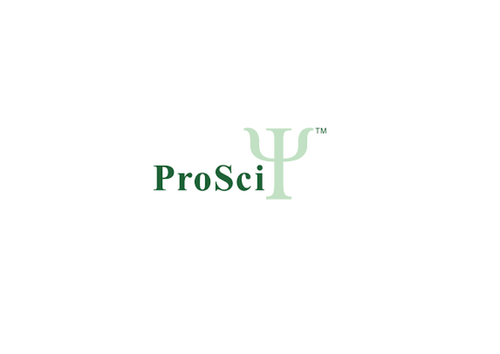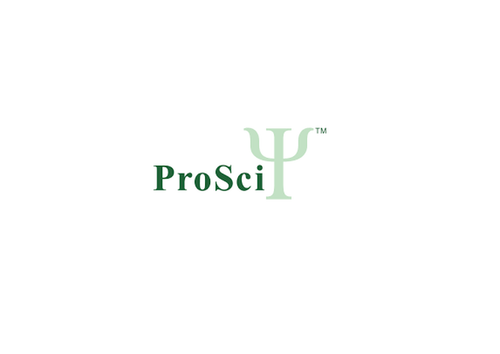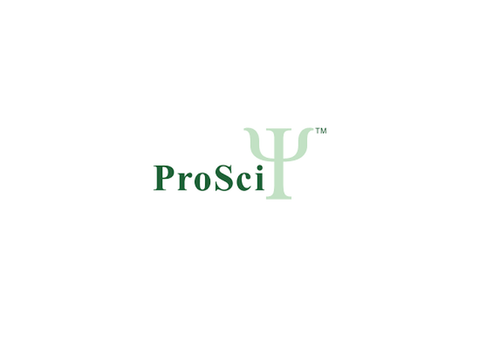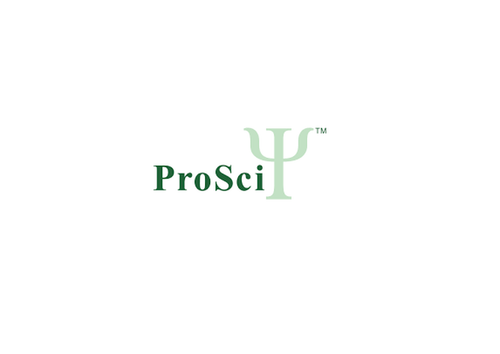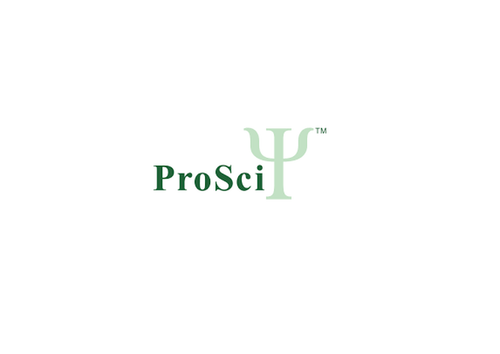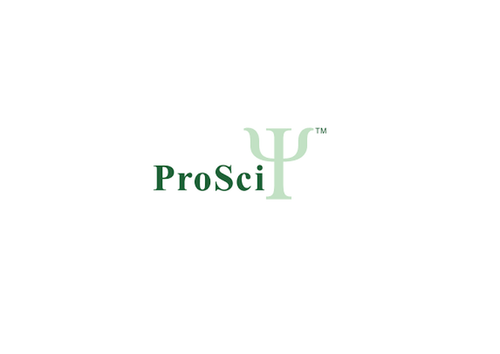Product Description
SARS-CoV-2 (COVID-19) Nucleocapsid Matched Pair | MPN-0003 | ProSci
Host: N/A
Reactivity: Virus
Homology: N/A
Immunogen: N/A
Tested Application: E
Application: N/A
Specificity: N/A
Purification: N/A
Clonality: N/A
Isotype: N/A
Conjugate: N/A
Physical State: Liquid
Buffer: N/A
Concentration: batch dependent
Storage Condition: Store at -20˚C, stable for up to one year.
Background: Coronavirus disease 2019 (COVID-19), formerly known as 2019-nCoV acute respiratory disease, is an infectious disease caused by SARS-CoV-2, a virus closely related to the SARS virus. The disease is the cause of the 2019–20 coronavirus outbreak (1). SARS-CoV-2 is the seventh member of the enveloped, positive-stranded RNA viruses that are able to infect humans. The SARS-CoV-2 genome, like other coronaviruses, encodes for multiple structural and nonstructural proteins. The structural proteins include spike protein (S), envelope protein (E), membrane glycoprotein (M), nucleocapsid phosphoprotein (N), and the nonstructural proteins include open reading frame 1ab (ORF1ab), ORF3a, ORF6, ORF7a, ORF8, and ORF10 (2). Nucleocapsid (N) protein is the most abundant protein of coronavirus. It is also one of the major structural proteins and is involved in the transcription and replication of viral RNA, packaging of the encapsidated genome into virions (3), and interference with cell cycle processes of host cells (4). Moreover, in many coronaviruses, including SARS-CoV, the N protein has high immunogenic activity and is abundantly expressed during infection (5). It can be detected in various patient samples including nasopharyngeal aspirate, urine, and fecal. Both S and N proteins may be potential antigens for serodiagnosis of COVID-19, just as many diagnostic methods have been developed for diagnosing SARS based on S and/or N proteins (6).
User Note: Optimal dilutions for each application to be determined by the researcher.
 Euro
Euro
 USD
USD
 British Pound
British Pound
 NULL
NULL

